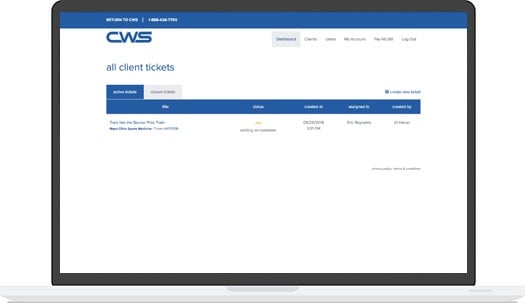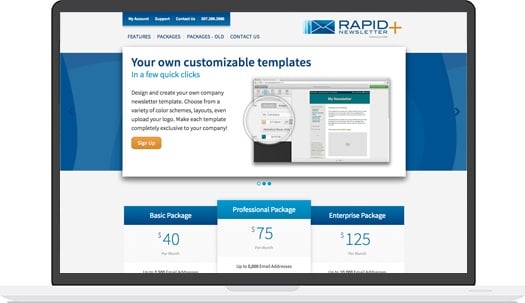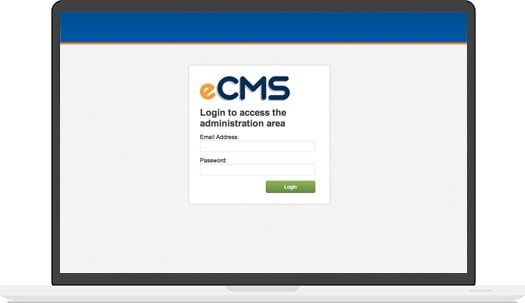Companies that blog generate:
- 55% more website visitors
- 97% more inbound links
- 434% more indexed pages
There’s no doubt; it works. Once you start, you will eventually get great at it. The challenge can often be—starting. At CWS we offer our clients our blogging services, but we also like our customers to feel confident in doing it themselves. That is why we have put together a few tricks to get you started on your business blog.
These 3 pre-blogging steps will get you on the path to blogging success.
Step 1: Describe Your Target Audience (Persona)
Make an exercise of this. Actually write out who your target audience is, including their likes, challenges, and deepest desires. Give them a name. We call this a persona, and you may use more than one. With this information, you can communicate the way your audience prefers, while providing the type of information that they would find most interesting.
(Discover who your target audience really is here.)
It will still take some experimenting, so don’t expect a home run your first time at bat. The more you write, the more you will see what type of writing works best for your audience and adjust it as necessary.
Step 2: Don’t Sell. Educate!
Don’t sell! Instead, provide value. A fundamental piece of blog writing and inbound marketing is to provide value to your targeted personas. Be the good guy. Give. The more value you give away, the more valued you are as an educator in your industry. And guess who they then turn to when they’re ready to buy?
Here are examples of ways you can educate and provide value:
- Create a how-to article on a specific task in your industry
- Design an infographic, a pictorial view of facts and stats about your industry
- Interview an industry professional to educate your readers about topics of interest to them
Step 3: Use Long Tail Keywords
Long tail keywords are talked about often but frequently underutilized. They attract a targeted audience interested in highly specific topics. Pepper these phrases into your copy for better performance in searches. This creates a more personal experience with the visitor.
What is a long tail keyword? It’s a phrase that has at least three, and sometimes as many as five, words that a searcher uses when looking for something specific.
Rather than write:
- “Mountain Climbing” use “Colorado Mountain Climbing Tours”
- “Exterior Paint” use “Exterior Paint for Aluminum Shutters”
- “Fire Pits” use “Custom Outdoor Fire Pits”
(Check out this infograph on long tail keywords)
Focusing on even a few long tail keywords will help your website become more relevant to all your targeted users.
Give It Time
Remember, at this point you are just establishing the initial foundation for your blog. Over time your blog will evolve and change to fit the needs of your reader. You will begin to judge and forecast what type of future articles will perform well. Blogging is as much a science as it is art: You create a hypothesis, you test it, and develop a conclusion.
Make sure to download our persona toolkit today to get started with Step 1. Soon you will be on the road to Successful Business Blogging!

.jpg?t=1533315998368) How-To Articles
How-To Articles Support Portal
Support Portal Webmail
Webmail Rapid Newsletter+
Rapid Newsletter+ eCMS
eCMS

 Our content team is made up of thought leaders, strategists, and content creators who have more than 70 years of combined experience. With a wide variety of backgrounds as entrepreneurs, marketing gurus, healthcare associates, as well as plenty of experience in other industries, we help grow businesses with our relevant, trusted, and helpful resources.
Our content team is made up of thought leaders, strategists, and content creators who have more than 70 years of combined experience. With a wide variety of backgrounds as entrepreneurs, marketing gurus, healthcare associates, as well as plenty of experience in other industries, we help grow businesses with our relevant, trusted, and helpful resources.
